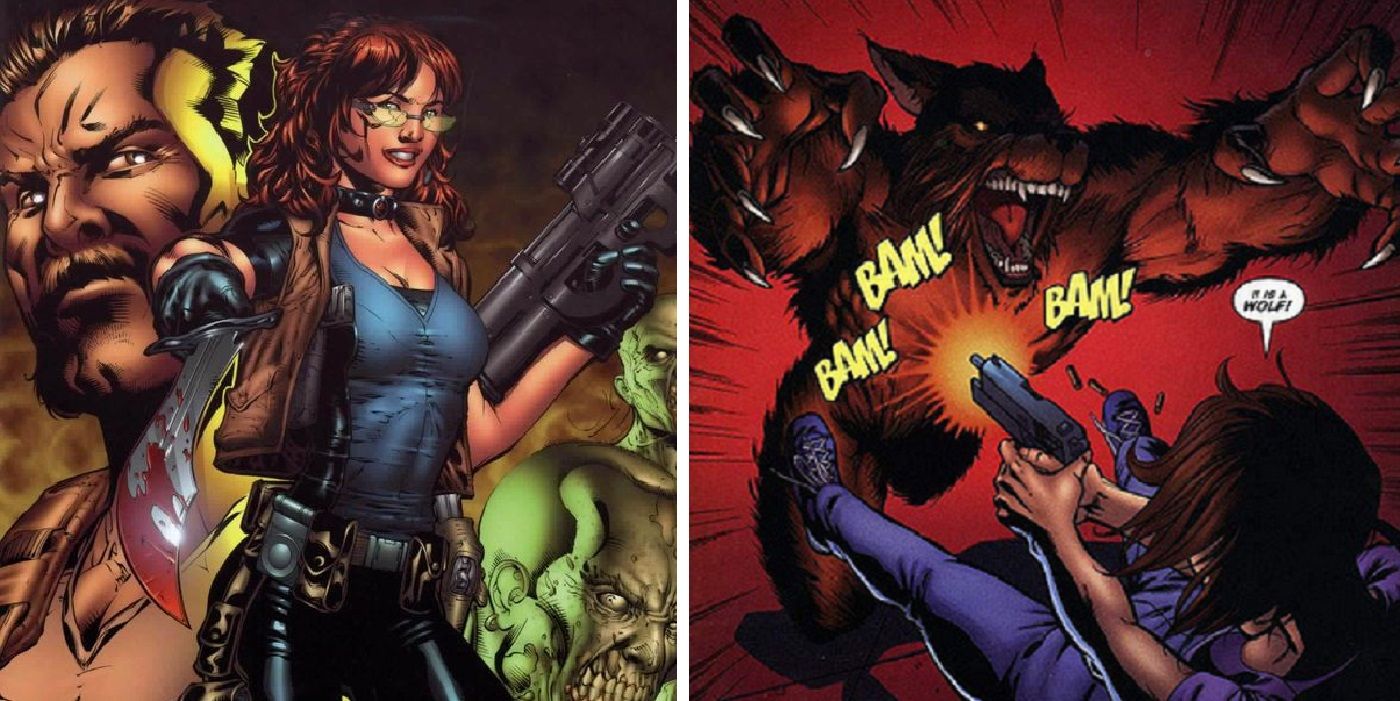
Plenty of video games are able to dominate their respective industry, but Resident Evil is a rare example that’s also been able to find real success with movie franchises, animated spin-offs, and so much more. There’s always been a cooperative relationship between video games and comics, so it’s not exactly surprising to learn that the 1990s and 2000s were a time when there were multiple Resident Evil comics available courtesy of the Wildstorm brand.
The zombie sub-genre of horror plays very well in movies and the survival horror niche of video games, but they’re hard to properly translate to the medium of comics. Wildstorm’s various Resident Evil comics still managed to do some very creative things with the video game series.
10 The Popularity Of Resident Evil 2 Launched The Comics Into Motion
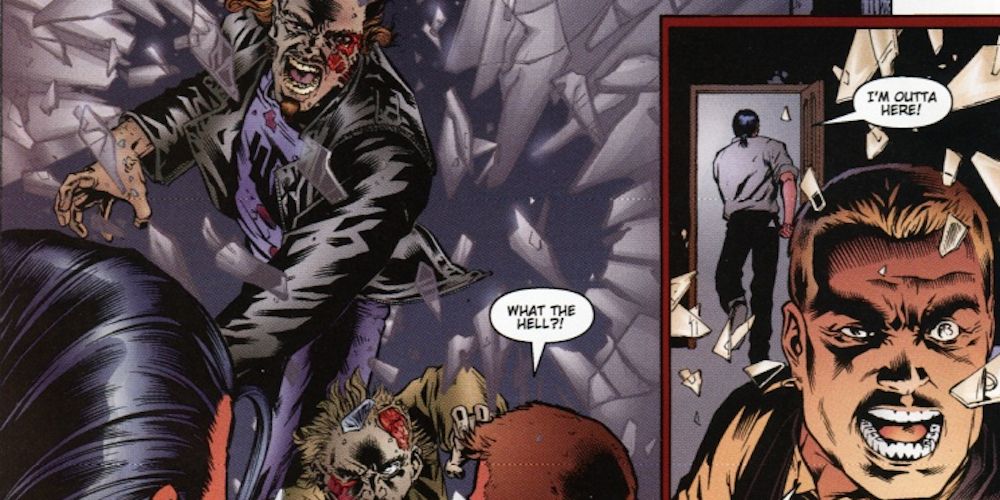
The original Resident Evil was a groundbreaking video game that pushed the survival horror genre forward in major ways, but it’s Resident Evil 2 that truly pushed Capcom’s series into blockbuster success.
Capcom was eager to jump on this opportunity and get as many people in on the Resident Evil craze as possible, even those that aren’t gamers. This resulted in Wildstorm’s initial Resident Evil comic, which hoped to bridge the series’ gap with comic fans who then might want to later turn to the games to get deeper into this world.
9 Resident Evil: The Official Comic Functions Like An Anthology Of Stories
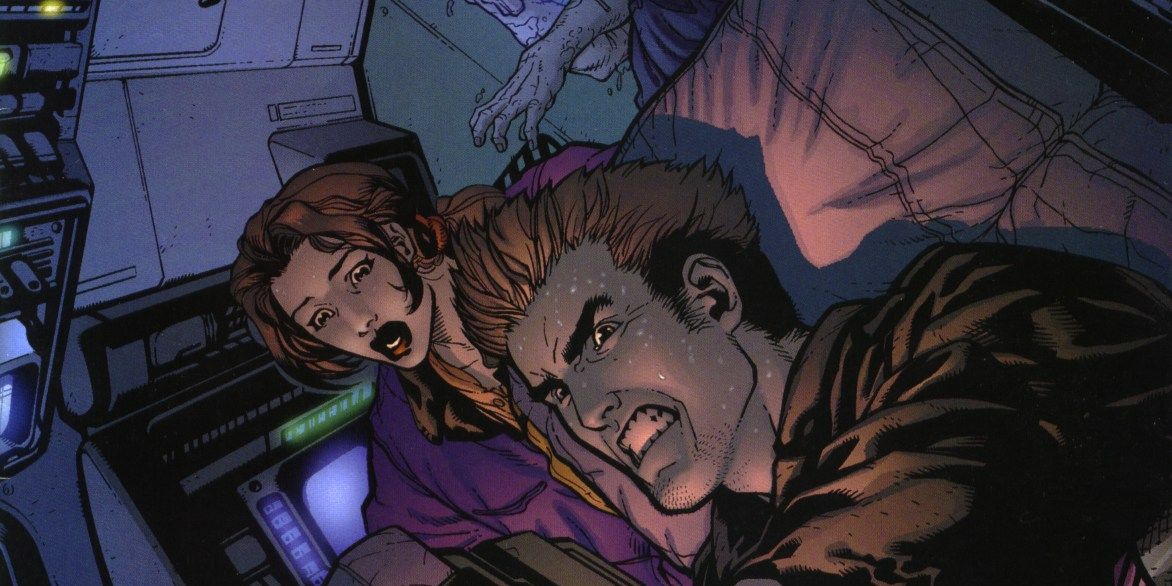
There's a lot of power in anthology storytelling and sometimes great narratives are taken down because they're unable to maintain momentum or figure out how to keep their story in motion.
The first Resident Evil Wildstorm comics, Resident Evil: The Official Comic Magazine, decides to take the anthology approach rather than engage in a serialized narrative. It's an excellent strategy that allows the team to carve out their own space in the universe and expand upon it. Nearly 20 unique stories are told across five separate issues.
8 One Of The Series Is Meant To Function As A Prequel To Resident Evil 5
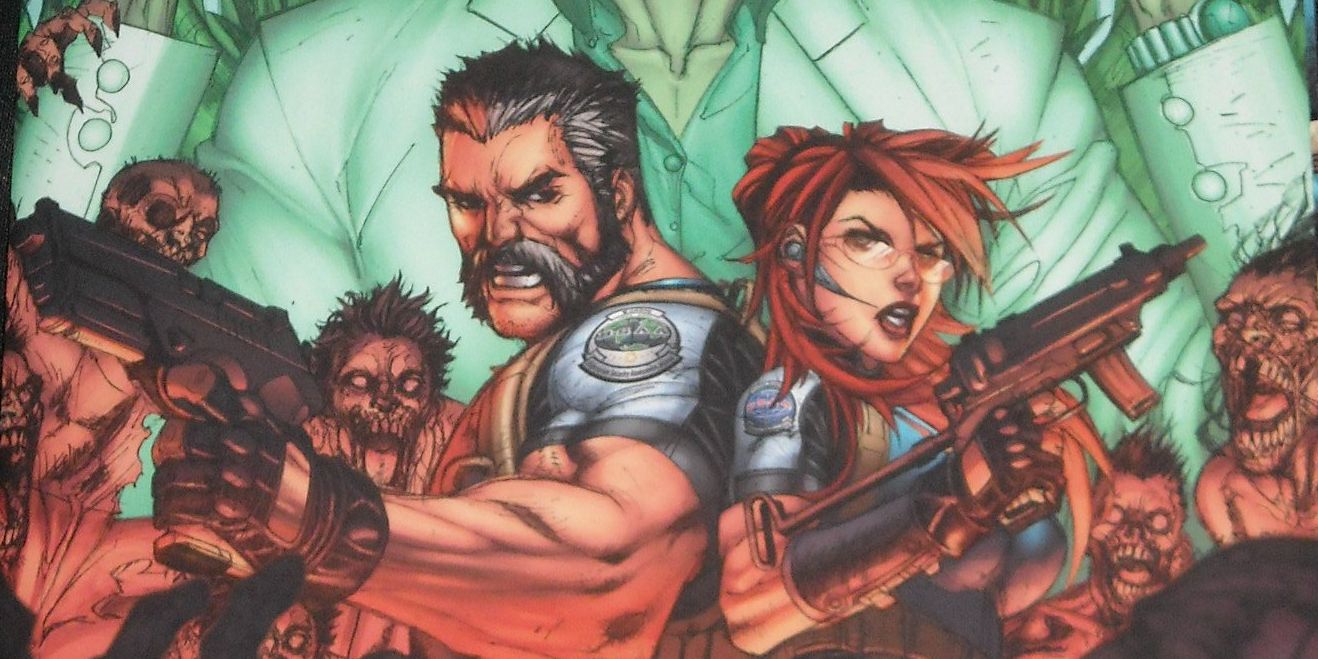
The Resident Evil series has regained its footing with its most recent entries, but the series experiences serious growing pains with the releases of Resident Evil 5 and 6.
Wildstorm's six-issue Resident Evil series that's released throughout 2009 to 2011 is meant to function as a prequel to Resident Evil 5 and provide greater context regarding why Chris Redfield heads to Africa in the game. This is technically accurate, but Resident Evil is largely a tangential journey, and Mina Gere and Holiday Sugarman are still decent protagonists.
7 It Incorporates An X-Virus Into The Mix

The Resident Evil franchise begins its whole zombie outbreak through the work of the T-Virus, but over the course of the series there has been the addition of many other viruses that cover the majority of the alphabet.
Wildstorm's Fire and Ice series introduces the X-Virus, developed by Dr. Whitlam. The X-Virus turns the infected into a Tyrant-like individual that's not dissimilar from the creatures from the first two Resident Evil games, right down to an enlarged claw. However, X-Virus Tyrants seem to retain a higher level of intelligence than other bio-weapon Tyrants.
6 One Of Them Adapts A Manhua Based Upon Resident Evil CODE: Veronica

Wildstorm releases four separate Resident Evil comics series and one of the more curious comics lines is an adaptation of the CODE: Veronica video game. This 2002 comic release is actually a localization of a manhua (Chinese comic) and the only one of Wildstorm's Resident Evil properties to take this approach.
There are 18 chapters that are spread across four releases, which at least bring more visibility to one of the most underrated Resident Evil entries. The series does an excellent job covering the broader strokes of the game, but it does take many liberties with the characters in the story.
5 It Brings Werewolves & Vampires Into The Series Much Earlier Than The Games
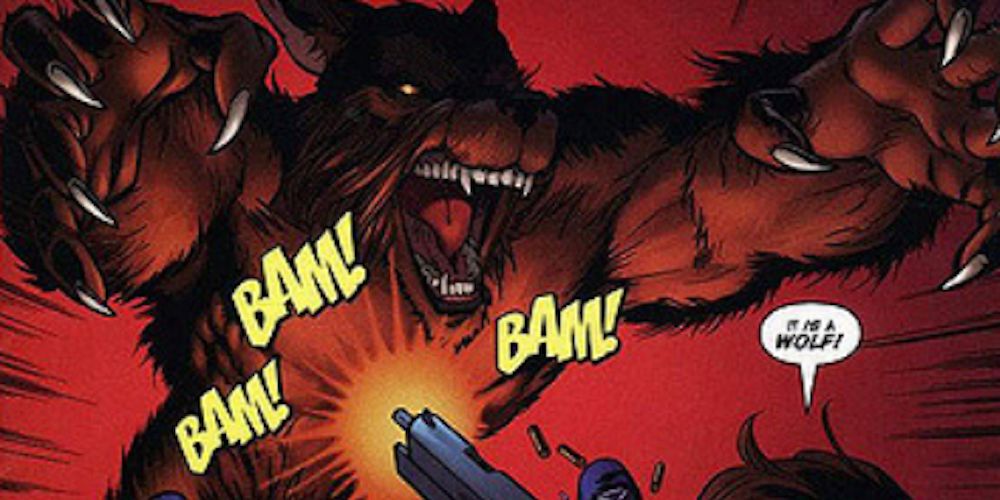
The later entries in the Resident Evil franchise have broadened their horizons far beyond zombies and there are even witches up in the mix now. The earlier Resident Evil series don’t branch far beyond zombies, but these comics take some exciting liberties.
The anthological nature of Resident Evil: The Official Comic Magazine allows one series to experiment with werewolves and another to feature giant T-virus infected bats that aren’t far off from vampires. It’s not until Resident Evil Village that the games incorporate such creatures into the series. The comics even develop their own Tyrant.
4 A Best Of Collection Is Available For The Official Comic Magazine
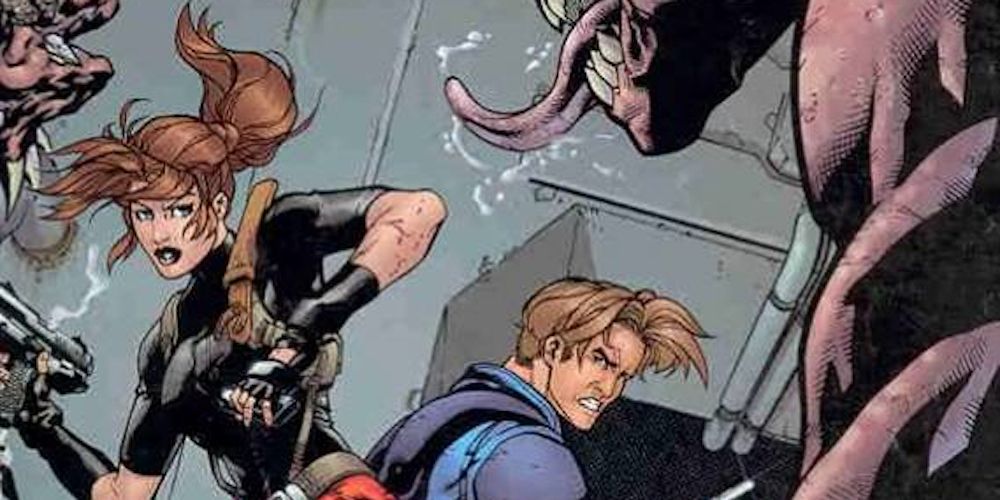
It's common practice for serialized releases to get compiled together into one big graphic novel once the series is finished, which is what happens with many of the Resident Evil Wildstorm comics. However, the anthology series, Resident Evil: The Official Comic Magazine adopts another approach with Resident Evil: Collection One.
This is a special compilation release that curates 11 stories from the first four issues into a concise package for those that couldn't catch up on the regular releases. Presumably, Resident Evil: Collection Two would have happened if the Official Comic Magazine had continued beyond its fifth issue.
3 Resident Evil: Fire And Ice Works As A Sequel To One Of The Official Comic’s Stories
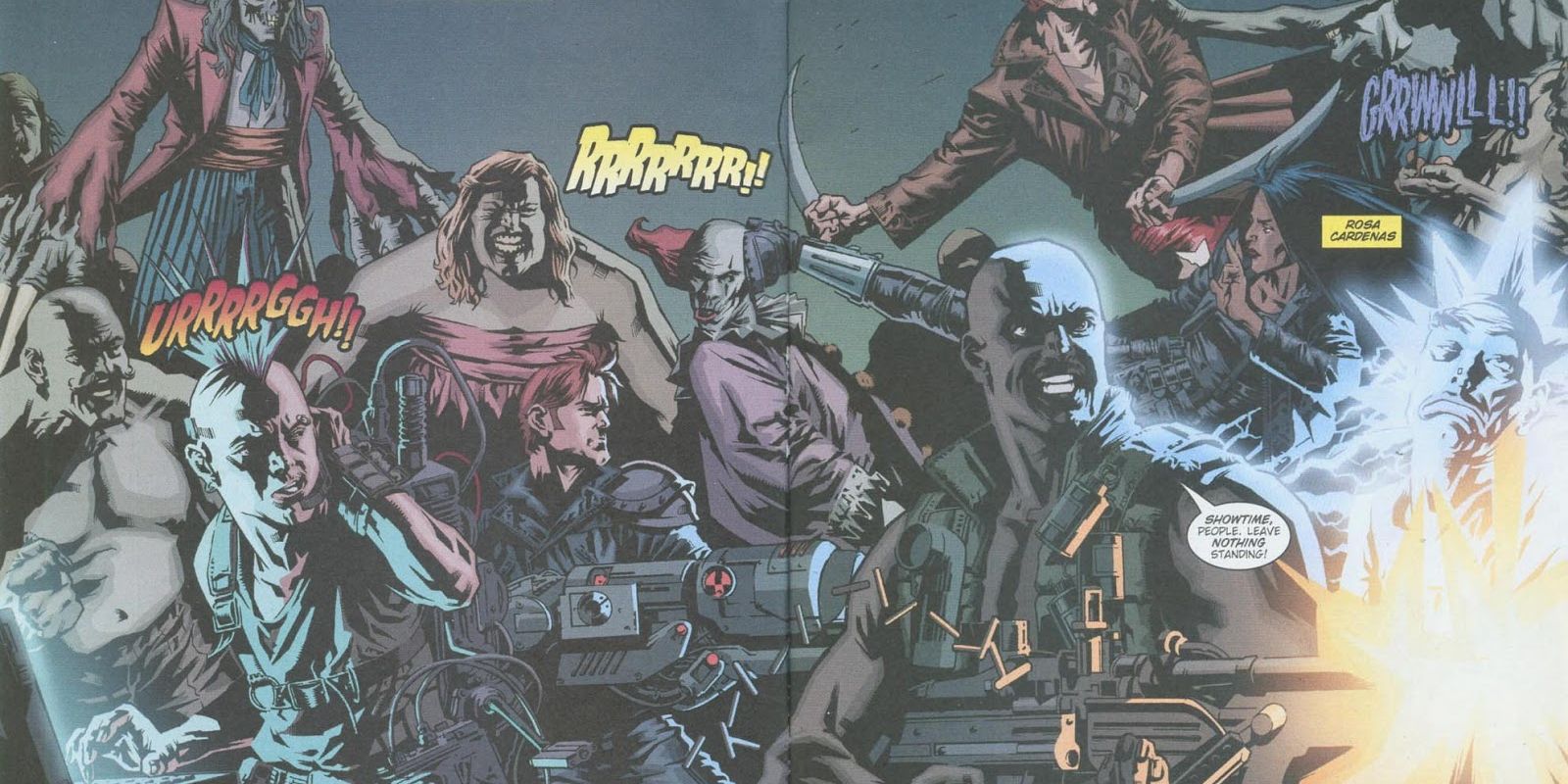
All of Wildstorm's Resident Evil comics have some merit to them, but the four-issue Fire and Ice series is perhaps their strongest material. Fire and Ice technically functions as a sequel to The Official Comic Magazine since it picks up with the characters from several of the anthology series' stories.
Fire and Ice forms the basis for S.T.A.R.S.'s Charlie Team and turns the heat up regarding their mission to eradicate the X-Virus. It's a satisfying continuation for those that read the previous comics, but also a strong introduction for newcomers.
2 There’s A Lot Of Focus On S.T.A.R.S.’s “Charlie Team”
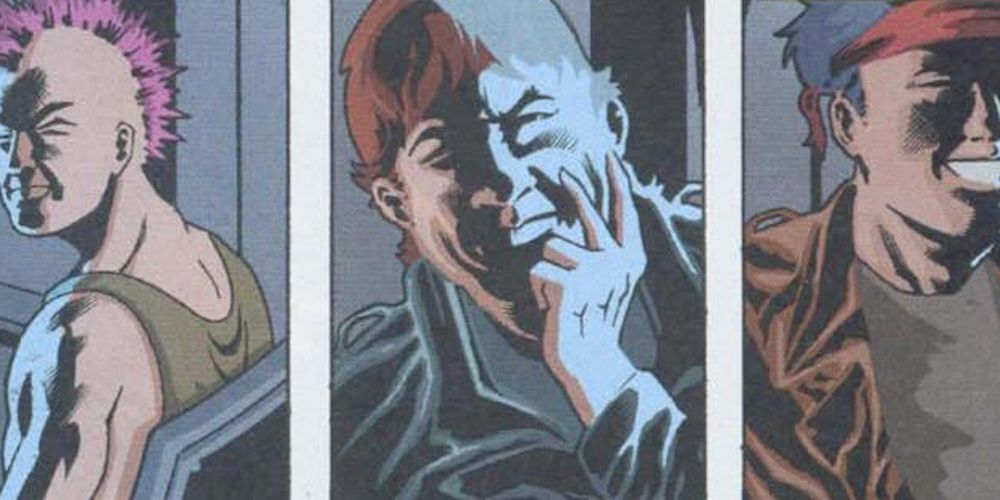
Resident Evil's Wildstorm comics occupy an interesting space where they attempt to exist within the universe of the video games and not contradict anything within them, but also create new characters to play around with so that the protagonists from the video games can exist in peace.
This results in the comics largely leaving their bio-weapon thwarting efforts to S.T.A.R.S.'s Charlie Team, a tertiary group of individuals like Falcon, Quan, Jesse, and Patrick, all of who are experts in their respective fields and primarily have missions set in Mexico and Alaska.
1 Nearly 100 Character Trading Cards Were Released To Promote The Comics
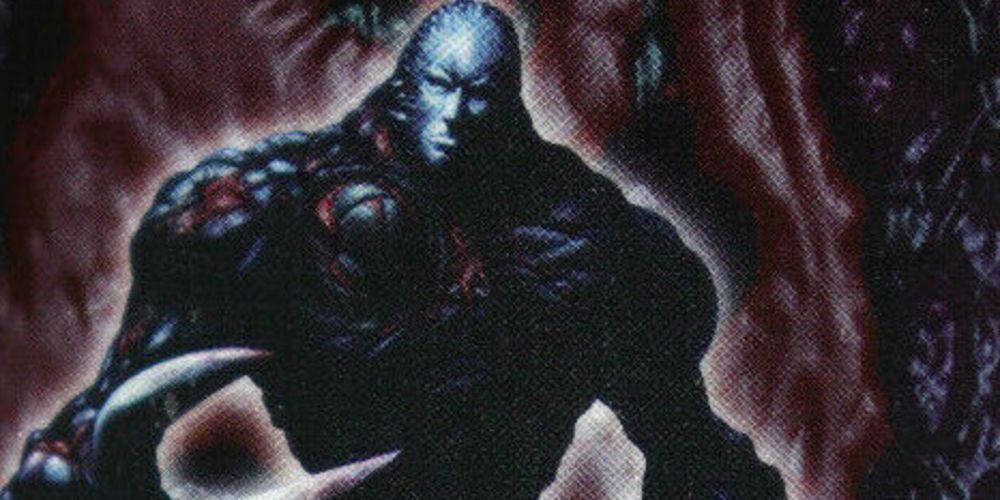
Synergy is an important concept and it's what helped launch Wildstorm's Resident Evil comics into motion in the first place. One of the perks of this arrangement is that Wildstorm was also responsible for trading cards in addition to comics.
Accordingly, around 100 Resident Evil trading cards were released in 1998 to help promote Wildstorm's new comic series. Leon and Claire receive 36 character cards each that pull from different Resident Evil 2 moments, while the other cards highlight the series' creatures, specifically the T-00 Tyrant and William Birkin's G-Virus abomination.
0 Comments